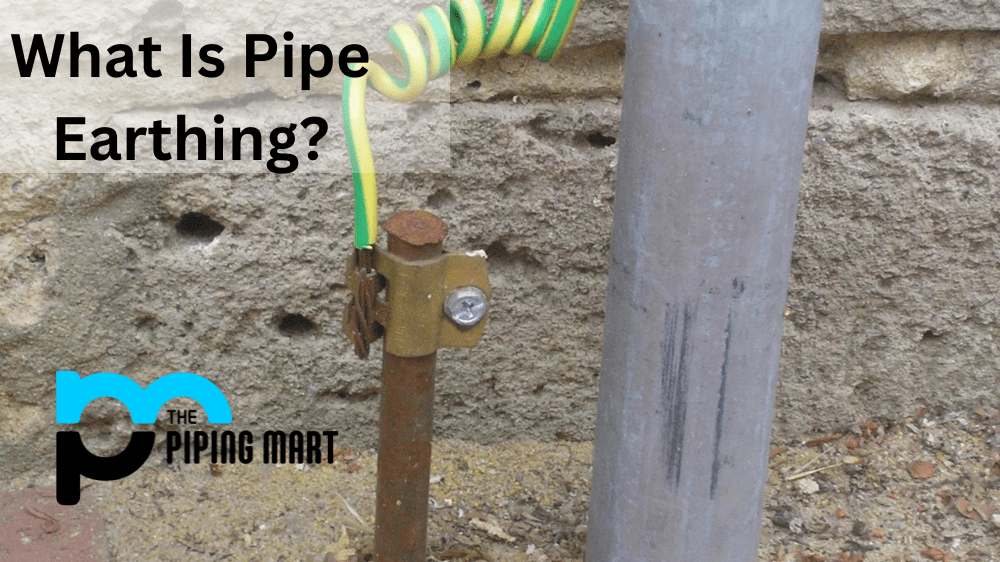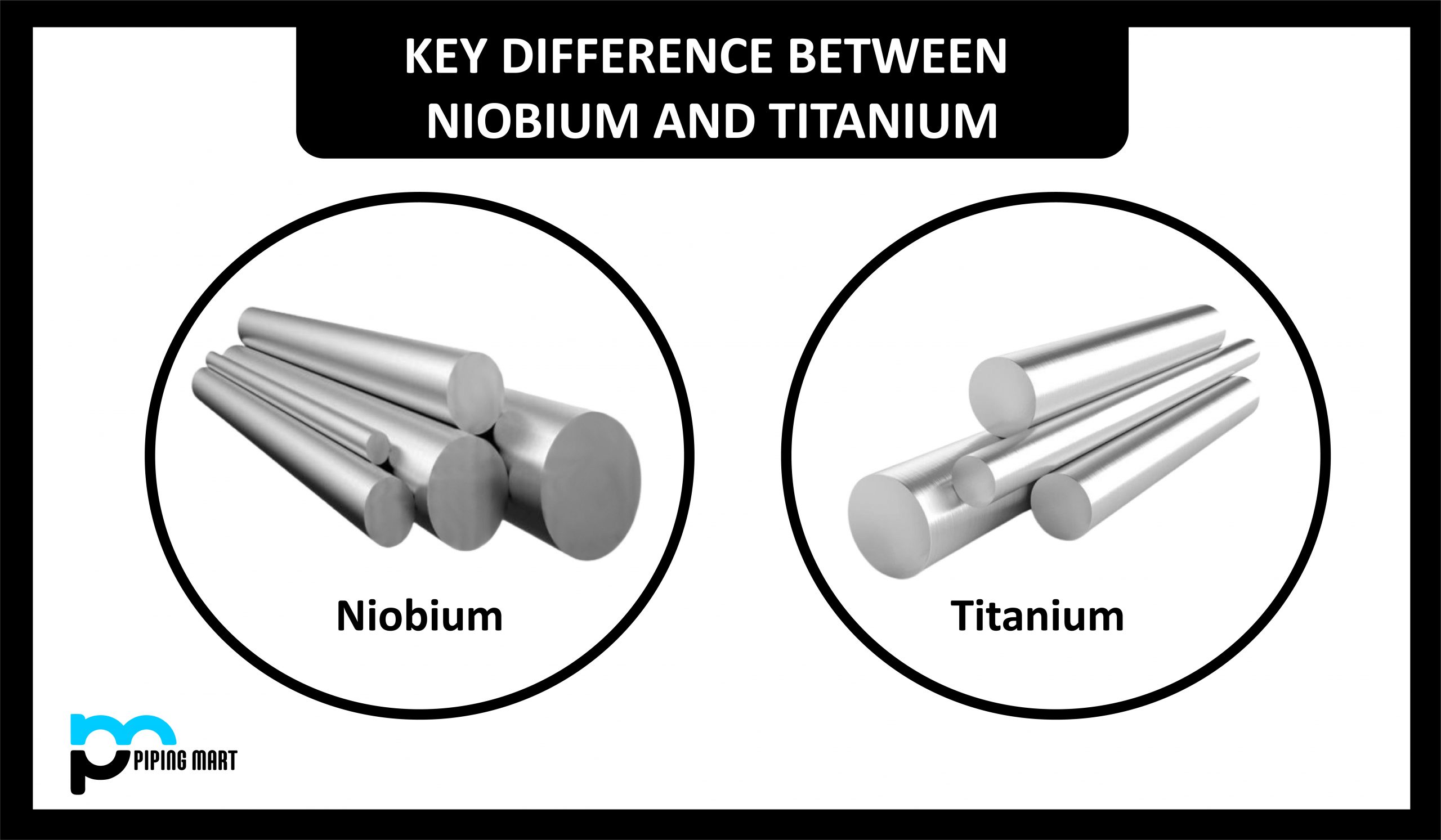Earthing is also known as grounding, is a crucial safety measure in electrical systems. It ensures that any excess electricity from faults or lightening discharges will be safely redirected into the earth, reducing the risk of electric shock and appliance damage. Electrical equipment requires a lot of components to work safely and reliably. One such component is pipe earthing, an integral part of any electrical system. This article will explain why pipe earthing is important, its types, benefits, and procedures.
What Is Pipe Earthing?
A pipe earthing system that uses a metallic channel establishes electrical conductivity between two points in an electrical system. It’s also known as “grounding” or “earth bonding.” The most common type of pipe earthing uses metal pipes filled with concrete or other conductive materials buried in the ground. These pipes are then connected to a rod, usually made of copper or another metal alloy.
How Does Pipe Earthing Work?
Pipe earthing systems provide a low-resistance path for current to flow from one point in an electrical system to another. This helps protect people and equipment from potential damage caused by electricity that has escaped from its intended circuit. For example, if there were a short circuit or fault current in one part of the system, the electrical energy would travel through it instead of flowing through people or objects nearby, ensuring their safety.
Type of Earthing:
Pipe Earthing
This is a common type of earthing, includes where a galvanized steel pipe (gi) or iron pipe used on the land. The pipe’s size and length depend on the current’s magnitude and type of soil. Pipe earthing is a type that is cost-effective and widely used for earthing purposes in residential areas.
Plate Earthing
In this method, a copper plate or galvanized iron plate is buried. It is typically used when the soil has high resistivity. The size of the metal plate earthing system varies depending on the current magnitude.
Rod Earthing
This method uses galvanized iron or copper rods driven into the land. The rod’s length can vary, usually around 2-3 meters. It’s a popular choice due to its ease of installation and effectiveness.
Strip or Wire Earthing
This method uses a strip or wire of copper or galvanized iron buried in the earth. It’s less common than the other methods but can be effective in certain conditions.
Mesh Earthing
This comprehensive system has a copper mesh buried in the earth. It’s often used in large installations or high-voltage situations to ensure a low resistance path to the land.
Chemical Earthing
This method uses a conductive mixture of chemical compounds. It’s highly efficient, maintenance-free and ideal for areas with high soil resistance or limited water availability.
Earth Electrode
This is a conductor, or a group, in direct contact with the earth, used to establish an electrical connection with the land. It’s essential for maintaining safety and preventing electrical faults.
Remember, the choice of earthing type depends on various factors such as soil resistivity, moisture content, ground level, electrical installation size, and safety requirements. Always consult a qualified electrician or engineer before choosing an earthing system to avoid electrical hazards.
Pipe Earthing Procedure
Before beginning this process, some safety protocols must first be observed: all sources of electricity should be switched off; all exposed metal surfaces must have been isolated with non-conductive material; rubber gloves should be worn for protection against exposure; tools used for loosening connections should not be metallic; every part must then also receive its earth continuity test before being fitted in place with special attention being paid towards ensuring there are no exposed live parts during assembly work & finally all cables need to have their insulation checked for durability & corrosion resistance (subjected when necessary).
The actual layout of an effective pipe earthing procedure includes four critical steps: determining location/type/size/material type for each part within the circuit (including source); calculating appropriate dimensions, length/number/wire size, et, according to requirements determined beforehand; designing accurate drawings based upon findings obtained after calculations made earlier – taking note, pertinent codes, regulations governing use particular kind electrical conductor required here, also include clear labels pointing out their specific purpose directory etc. lastly before final installation, physically installed clamping platforms, conduit fixings clamps etc. Connections verified using digital multi-meter confirming lack any power leakage between two testing points means complete successful setup!
Why Is Pipe Earthing Important?
The importance of pipe earthing cannot be overstated; it protects against electrocution and property damage caused by faulty electrical systems. Without it, electric currents could easily escape circuits and cause serious harm to people or equipment in their path or, worse, start fires that can destroy property and be a hazard to lives. By providing a safe conduit for current to flow away from potentially hazardous areas, pipe earthing is one that helps prevent such disasters from occurring in the first place!
Pipe Earthing Diagram
A pipe earthing diagram is a visual representation that shows how various metal pipes are connected and earthed. Generally, a diagram shows the ideal way to build a pipe earthing system. It contains a funnel with wire mesh covered with a cast iron plate. Gi pipe or copper pipe connecting to the pipe buried in a pit filled with charcoal and salt. A pipe earthing diagram helps identify potential faults by illustrating how electrical currents travel through different pathways throughout several highly conductive mediums such as steel pipes, copper wires or other materials.
Conclusion:
Pipe earthing is the process essential for any electrical system because it protects against electrocution and property damage caused by faulty wiring or malfunctioning equipment. By creating a low resistance path for current to flow away from potentially hazardous areas, pipe earthing helps ensure that people and equipment remain safe from dangerous electric currents while also helping prevent fires from occurring due to uncontrolled currents escaping circuits. Whether you’re a professional engineer or just someone who wants to learn more about safety measures for their home wiring projects, understanding pipe earthing can help you ensure your electrical setup remains safe at all times and provides safety to everyone!

Pipingmart is a B2B portal that specializes in metal, industrial and piping items. Additionally, we share the latest information and information about materials, products and various types of grades to assist businesses that are involved in this business.





